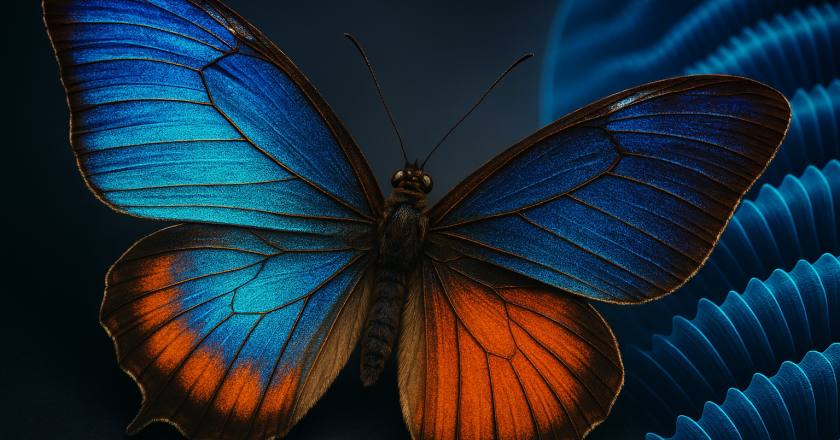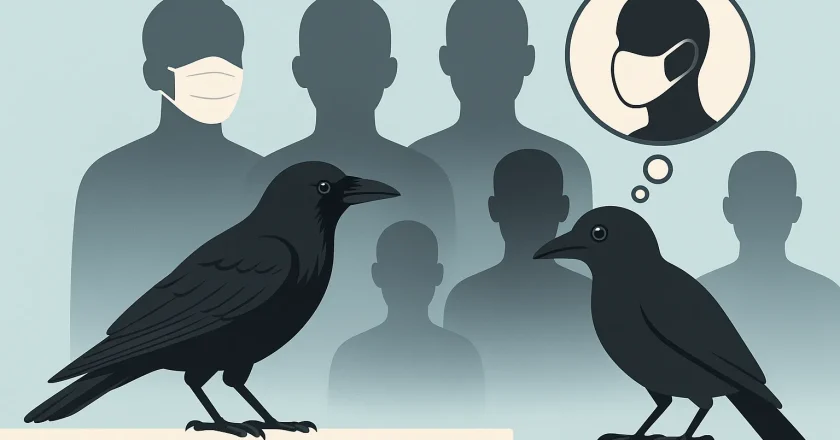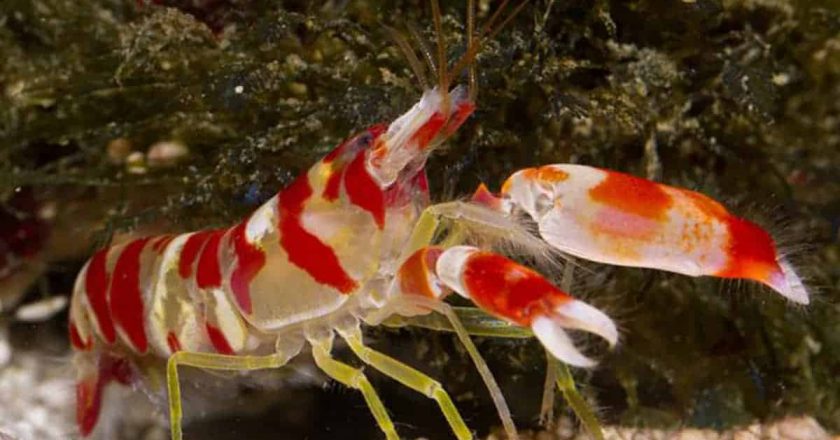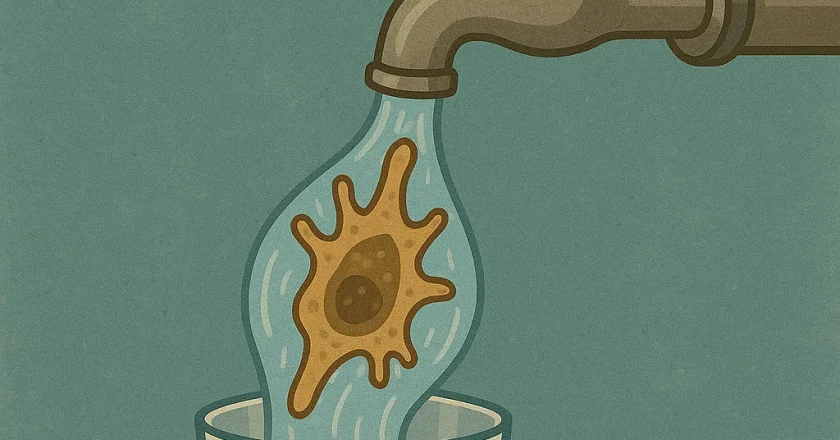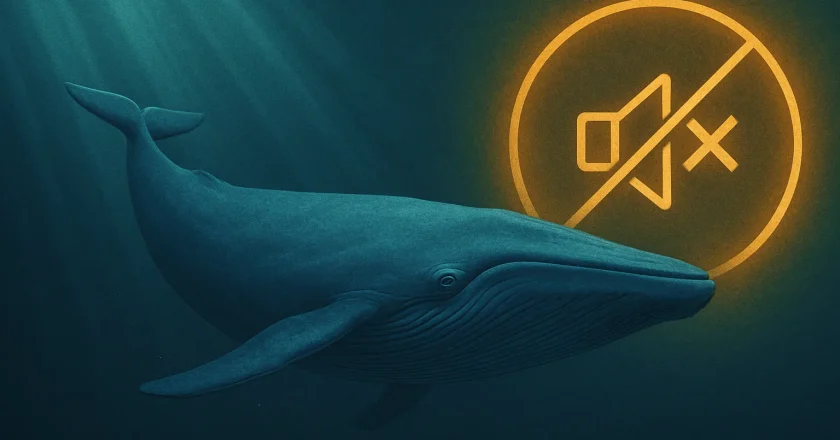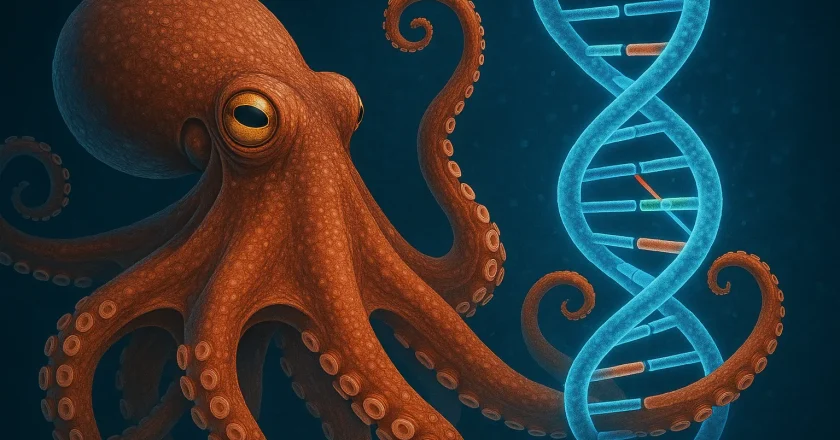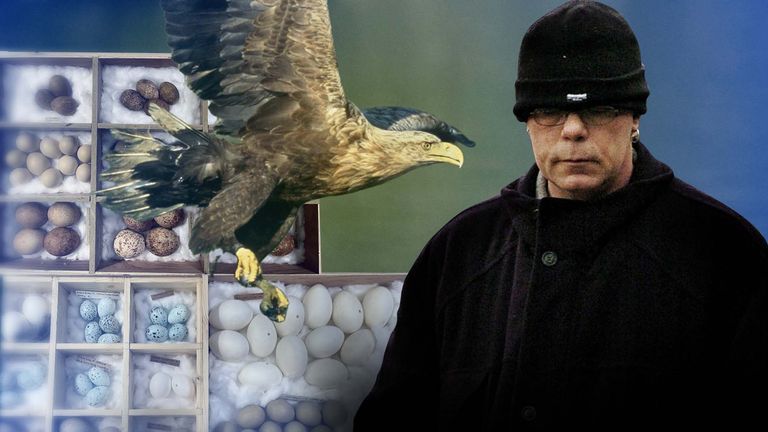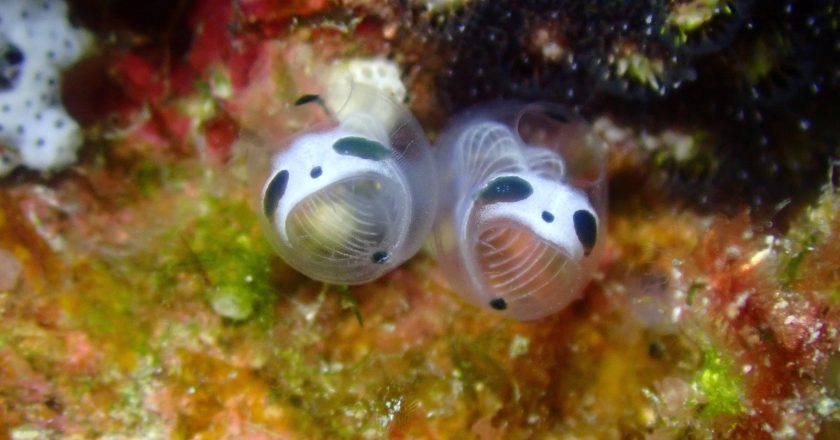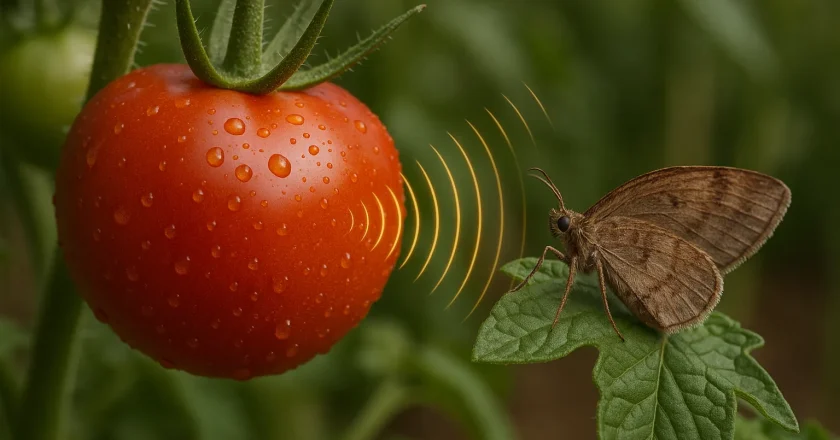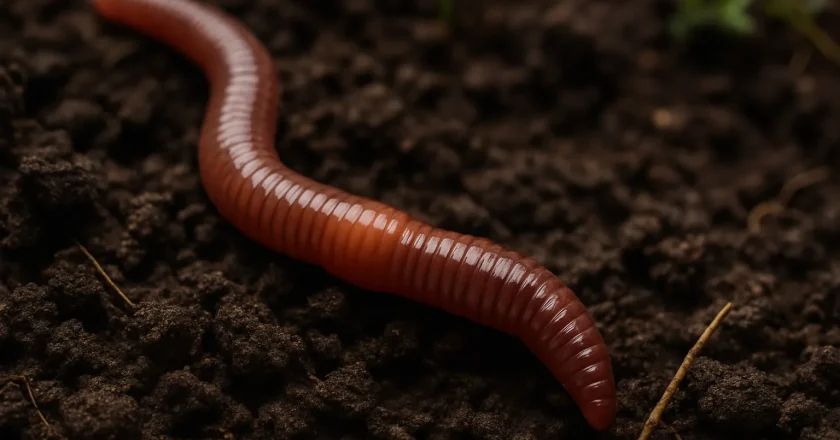Scarface: The Lion Who Ruled the Mara Like a King Beyond Kings
In the vast golden expanse of Kenya’s Maasai Mara, where every sunrise draws shadows across a kingdom older than civilization, there once walked a lion whose legend would rise above the dust and bone of the savanna. His name was Scarface — a name spoken not in fear alone, but in awe, in reverence, and in the quiet respect reserved for beings who imprint themselves upon time.
He wasn’t born extraordinary.
But he became a force the plains had never seen.
Born a Lion — Crowned a King
Scarface entered the world like any other cub, but destiny carved its own mark upon him. During a vicious territorial fight in his early years, a claw ripped deep across his right eye. The wound altered his face forever — a fierce diagonal scar that exposed the raw violence of survival.
For most lion...


